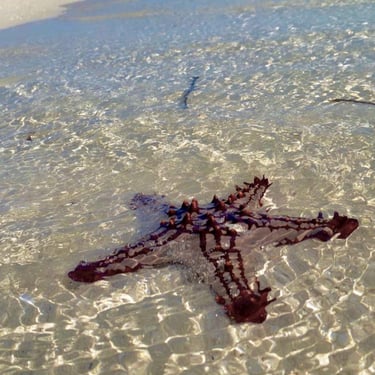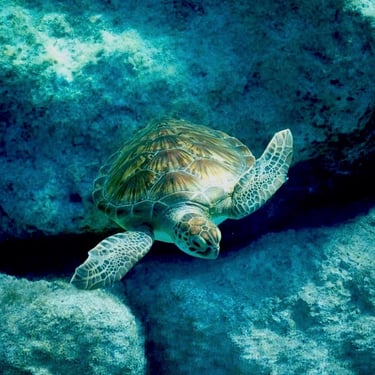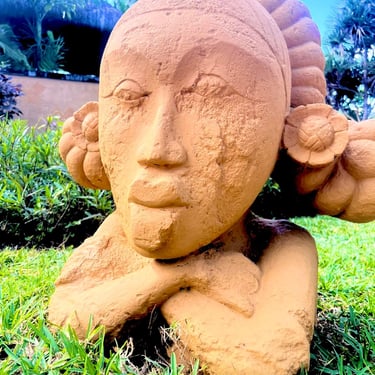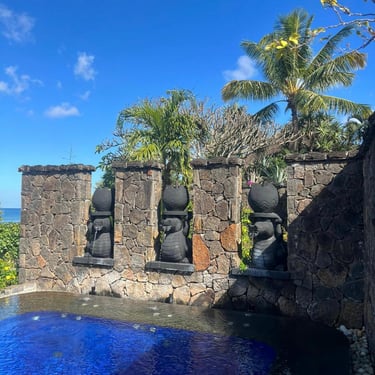Where the Map Ends, Stories Begin
Travel isn’t just about changing places — it’s about shifting perspectives. In this section, we unpack more than just suitcases: we unfold experiences, trace hidden routes, and explore the poetry of distant places. From urban whispers to wild horizons, let your curiosity be your compass. Because every destination is more than a dot on the map — it’s a story waiting to be lived.
BEYOND BORDERS
Charlotte Madeleine CASTELLI
8/2/20255 min read
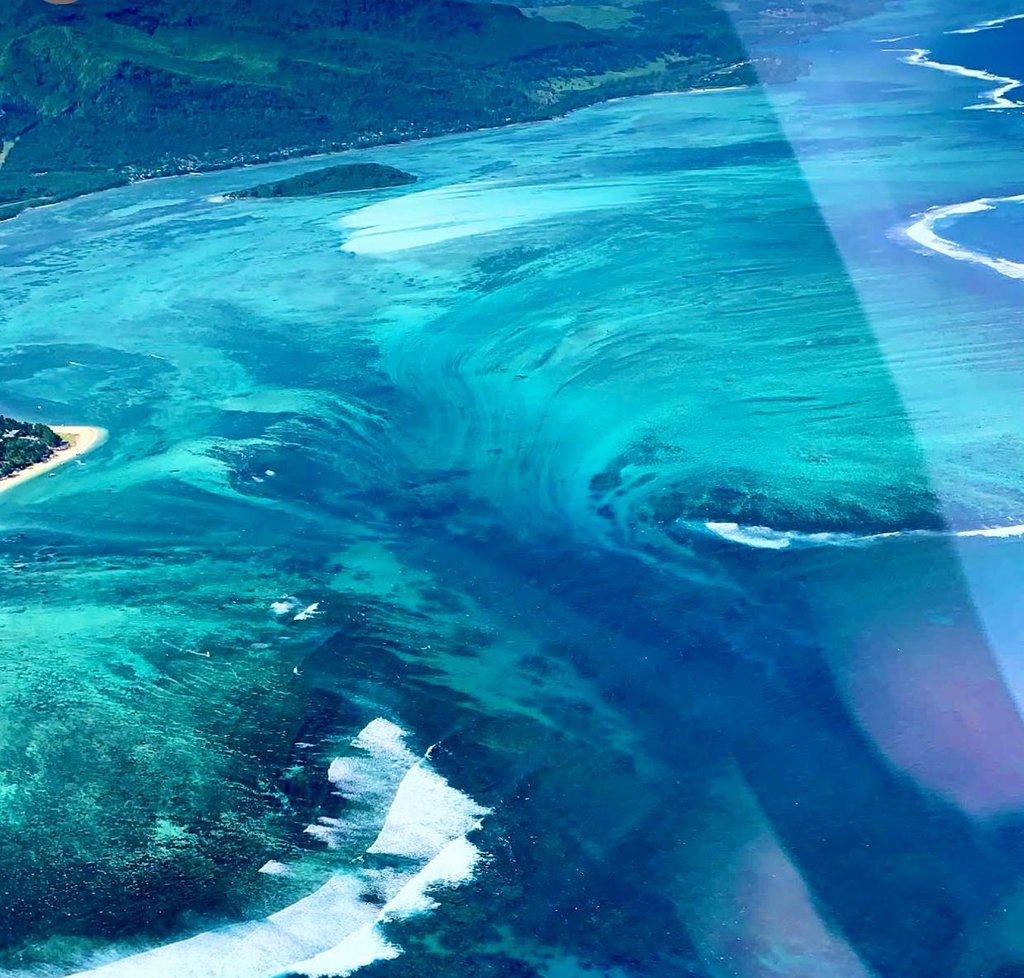

Mauritius: Where Whales Sing, Colors Breathe, and Time Sleeps in the Sun
There are islands that demand to be seen, and others that choose you in silence. Mauritius belongs to the latter. It is not just a destination, but a slow unveiling—an archipelago of memory, movement, and myth. Each visit has felt like reading a palimpsest of languages, beliefs, migrations, and tides. Here, the sea speaks many tongues—and I have learned to listen.
From the first light that breaks over the northern reefs to the last Séga rhythm echoing through a moonlit beach, Mauritius choreographs its own form of poetry. It is a place where Creole meets French, English lingers, Bhojpuri hums in kitchens, and Chinese whispers in the incense smoke of the pagodas. The island’s culture, shaped by centuries of trade, indentured labour, and sacred rituals, is syncretic yet singular: Tamil processions wind through the hills of Triolet, Buddhist altars shimmer in Chinatown, and churches share the skyline with mosques and shrines. This fusion is not a relic of the past, but a pulse you feel in every market stall and in every family home.
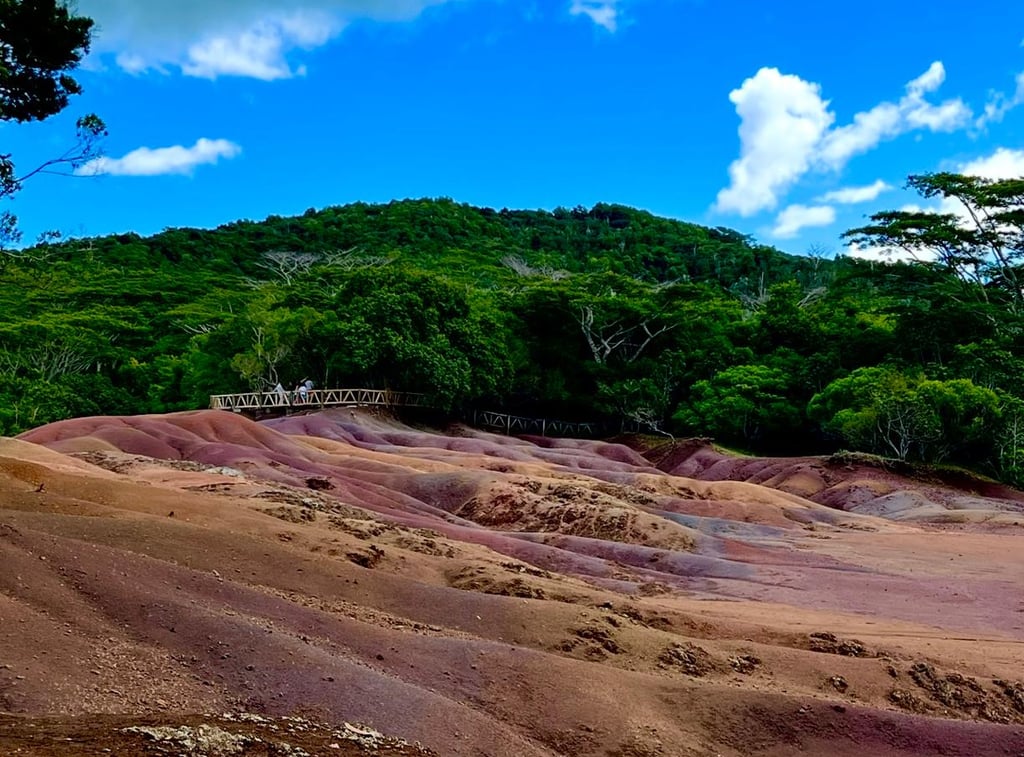

But what seduces me most is the land itself. The heartbeat of the island is in Chamarel, where the earth, quite literally, dreams in color. The Seven-Coloured Earths ripple in layered gradients—violet, ochre, rust, blue, yellow—like fossilized rainbows hardened into sand. No two days show the same hue. I have returned over and over, each time convinced the island was telling a different story through its pigments.
Nearby, ancient giants roam. The giant tortoises of Aldabra, some over 150 years old, move with a slowness that recalibrates your perception of time. There is something monastic in their movement, their stillness a reminder of what endurance truly looks like. To watch one of them raise its head from the earth is to witness a gesture older than memory.
Inland, the island folds into the Black River Gorges, where a deep jungle breathes under the veil of cloud. This is where the Mauritian kestrel and pink pigeon still flutter between extinction and revival, where waterfalls hide behind curtains of moss and time. I’ve wandered those trails with the sense of entering a sanctuary untouched, where the forest breathes a thicker, older air.
And then there’s Chamarel’s other elixir—rum. At the Rhumerie de Chamarel, time ferments in barrels and pours into glasses that shimmer with gold and caramel. I walked among copper stills and aging casks, breathing in the warmth of sugarcane fields turned into spirit. Every sip bears the echo of the land: burnt citrus, oak resin, sun.
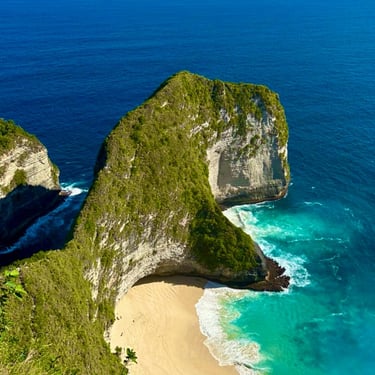
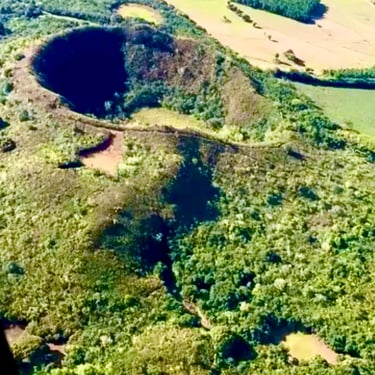
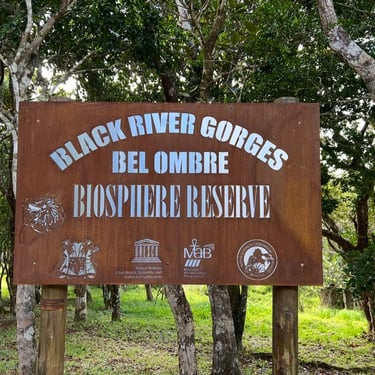
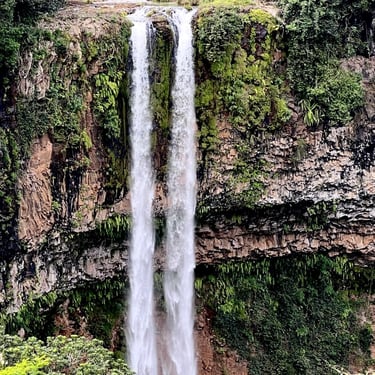
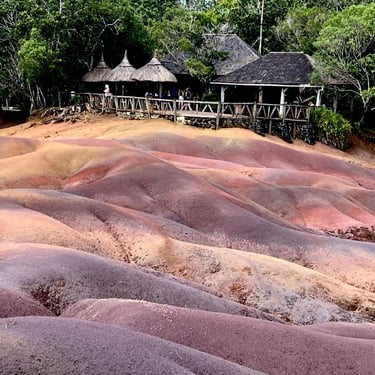
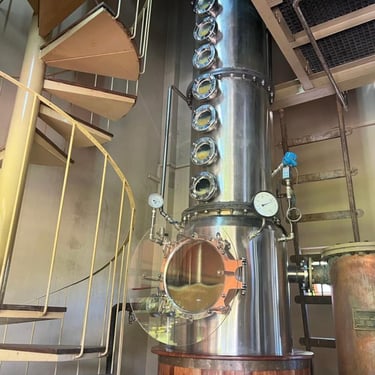
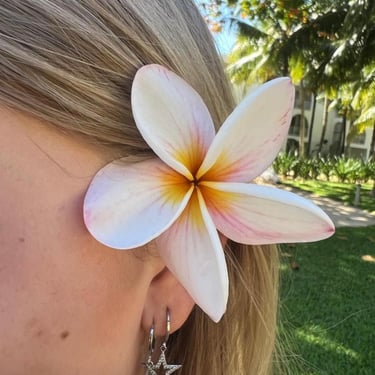
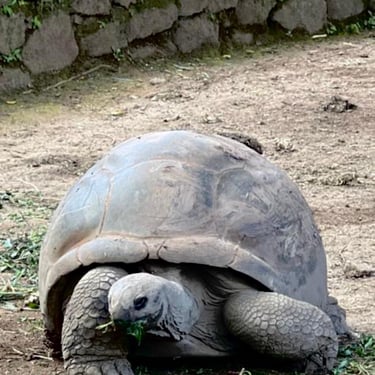
Yet no matter how lush the interior, my gaze always returns to the sea. To the northern islands—Gabriel, Flat, and beyond—where the ocean peels itself open like a page and reveals its mythologies. It is here, offshore Leonard Island and Round Island, that I witnessed one of nature’s rarest and most tender rituals. Each year, mother humpback whales guide their calves into these protected waters. It is a nursery of sorts, a classroom beneath the waves. I watched, from the deck of a boat held still by reverence, as a mother breached—massive, graceful—while her calf practiced the art of diving. This is how they learn to hunt, to breathe deeply, to survive. It is their final lesson before the long journey eastward across the Indian Ocean, toward Oceania.
These encounters are possible only thanks to the silent, meticulous work of local conservationists. The Mauritius Marine Conservation Society (MMCS) has long protected dolphin and whale populations through legislation and education, while the Marine Megafauna Conservation Organisation (MMCO) conducts groundbreaking research on the island’s cetaceans. Their MAUBYDICK project monitors both resident and migratory populations of sperm whales and humpbacks, using photography and acoustic tracking to map family pods, identify individuals, and understand their patterns. These are not abstract efforts—they are the guardians of stories still unfolding beneath the water’s skin.
Mauritius invites immersion, not tourism. For those seeking to dwell rather than visit, I recommend one of the private villas along the Tamarin coast or a stay at the refined Beachcomber resorts—particularly Royal Palm or Dinarobin, where architecture yields to nature and service feels like second breath. These spaces offer more than comfort: they offer silence, space, sea.
To discover the island’s subaquatic mystery, charter a private speedboat with a trusted local captain—someone who reads the water like a script passed down through generations. They’ll take you where the whales breathe and vanish. Or rise higher still: a helicopter flight over Le Morne Brabant, tracing the visual illusion of the famed underwater waterfall, where sand and current meet to create a mirage of a cascade plummeting into the abyss. From above, the island curls like a sleeping creature, ancient and dreaming.
Evenings arrive slowly here. The Séga begins with the beat of a ravanne, and firelight dances on bare feet. I’ve seen elders sing in Creole while children imitate waves. The music is not performance—it is a release, a ritual. An inherited form of resilience born from exile, slavery, survival. And in it, something stirs—a call to live, wildly and softly at once.
Mauritius is also a thriving cradle for local artists whose work flows from the island’s rich history and vibrant present. Galleries in Port Louis and smaller coastal towns showcase paintings, sculptures, and textiles that blend African, Indian, Chinese, and European influences. I have spent afternoons in studios where artists extract stories from coconut shells and natural dyes, weaving identity and memory into each brushstroke and carving. A remarkable tradition is the meticulous construction of miniature sailing ships—intricate models crafted with exquisite detail by skilled artisans. These tiny vessels, painstakingly assembled from native woods and adorned with hand-stitched sails, are more than souvenirs; they are symbols of Mauritius’s maritime heritage and craftsmanship. Shipped worldwide, these miniatures carry the spirit of island navigation and history to distant shores.
Walking through the markets, the air is heavy with the scent of spices: cardamom, cinnamon, clove, and vanilla swirl in a fragrant symphony. These are not just ingredients but the aromatic threads of Mauritian life. Local artisans craft perfumes with the same care as their cuisine, often using fresh flowers from the garden. The frangipane flower, with its delicate petals and heady scent, is pressed carefully to extract its essence, creating perfumes that capture the island’s soul in a bottle. I once visited a small perfumery where this process is honored—flowers gathered at dawn, oils cold-pressed by hand, and blended with vanilla and ylang-ylang to compose scents that linger like a whispered secret.
The island’s culinary tapestry is equally rich and reflective of its multicultural heritage. One cannot leave without savoring dholl puri, a beloved street food that embodies Mauritius in a bite. Thin, soft flatbreads filled with ground yellow split peas are folded and served with tangy pickles, chutneys, and often a spicy rougaille—a tomato-based sauce simmered with garlic, ginger, and local herbs. Eating dholl puri in a bustling market is more than nourishment; it is a connection to generations who’ve brought together flavors from India, Africa, and Europe into a uniquely Mauritian harmony.
Mauritius does not perform itself. It simply is—layered, mysterious, generous. It gives its treasures quietly: a tortoise’s glance, a waterfall of earth, the scent of rum warmed by wood, the breath of whales, a language half-sung beneath banyan trees, the pulse of a drum, the brushstroke of an artist, the blossom of a frangipane flower distilled into perfume, and the taste of dholl puri shared in the sun. You do not visit Mauritius. You are invited into it.
And once you’ve known its rhythm, no other island can truly follow.
